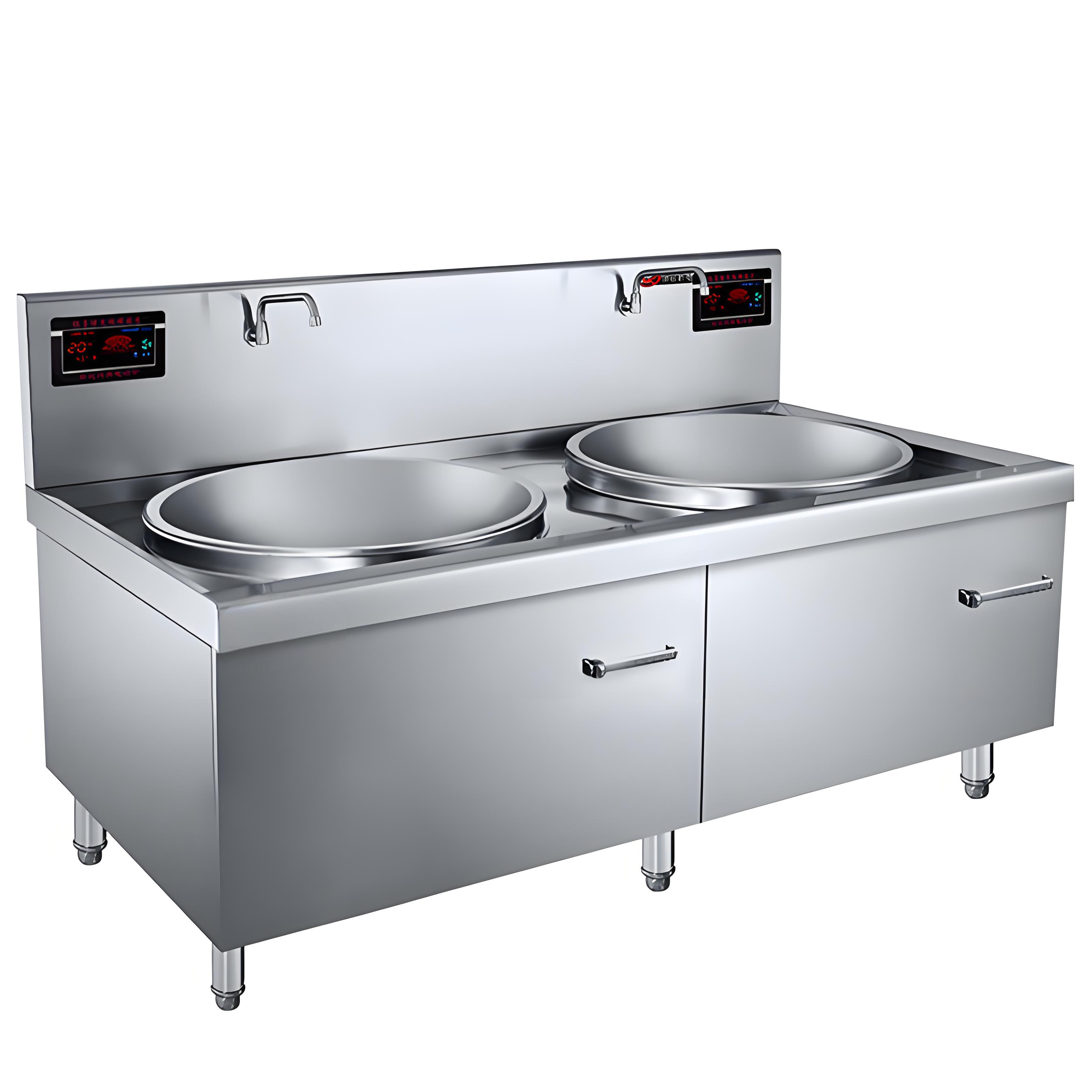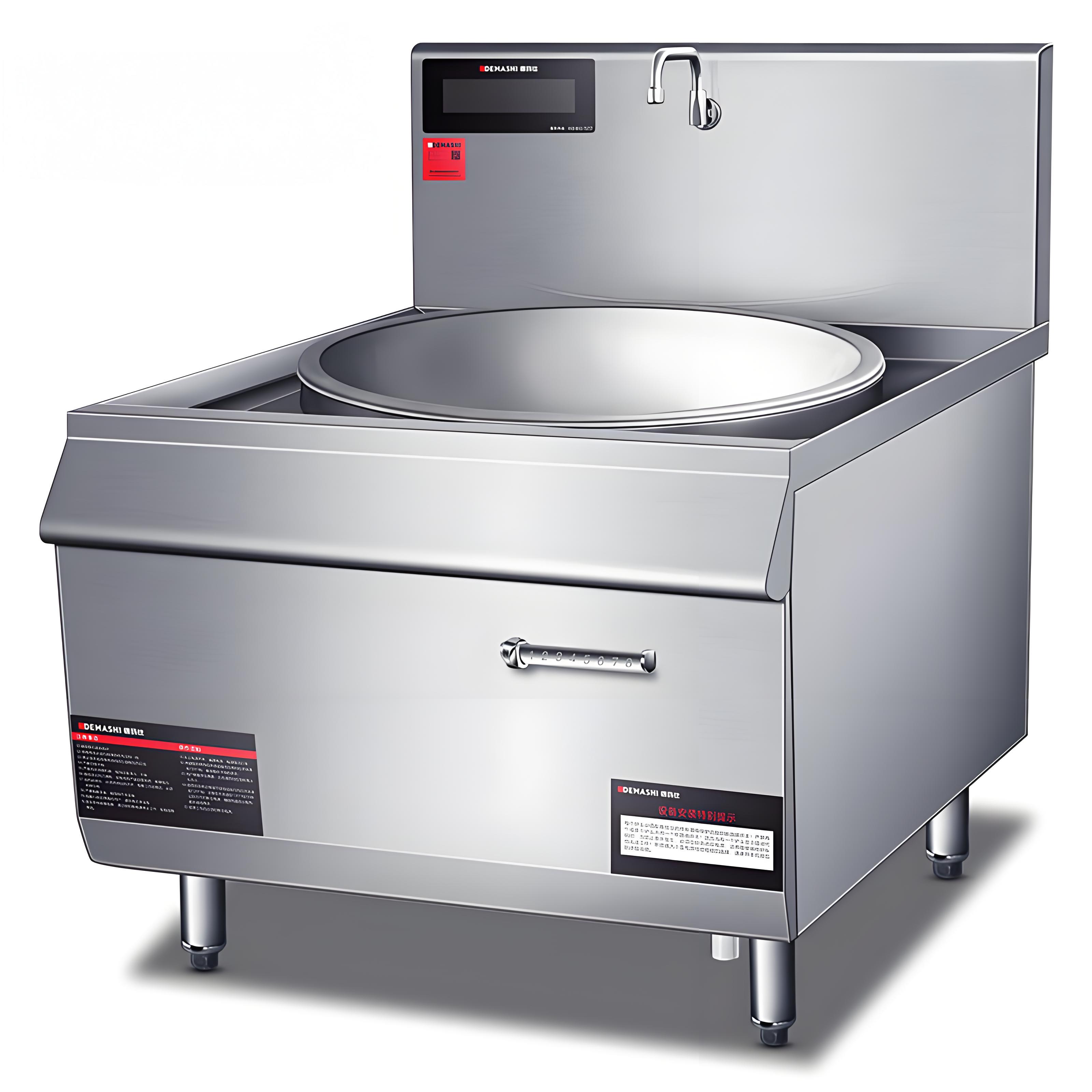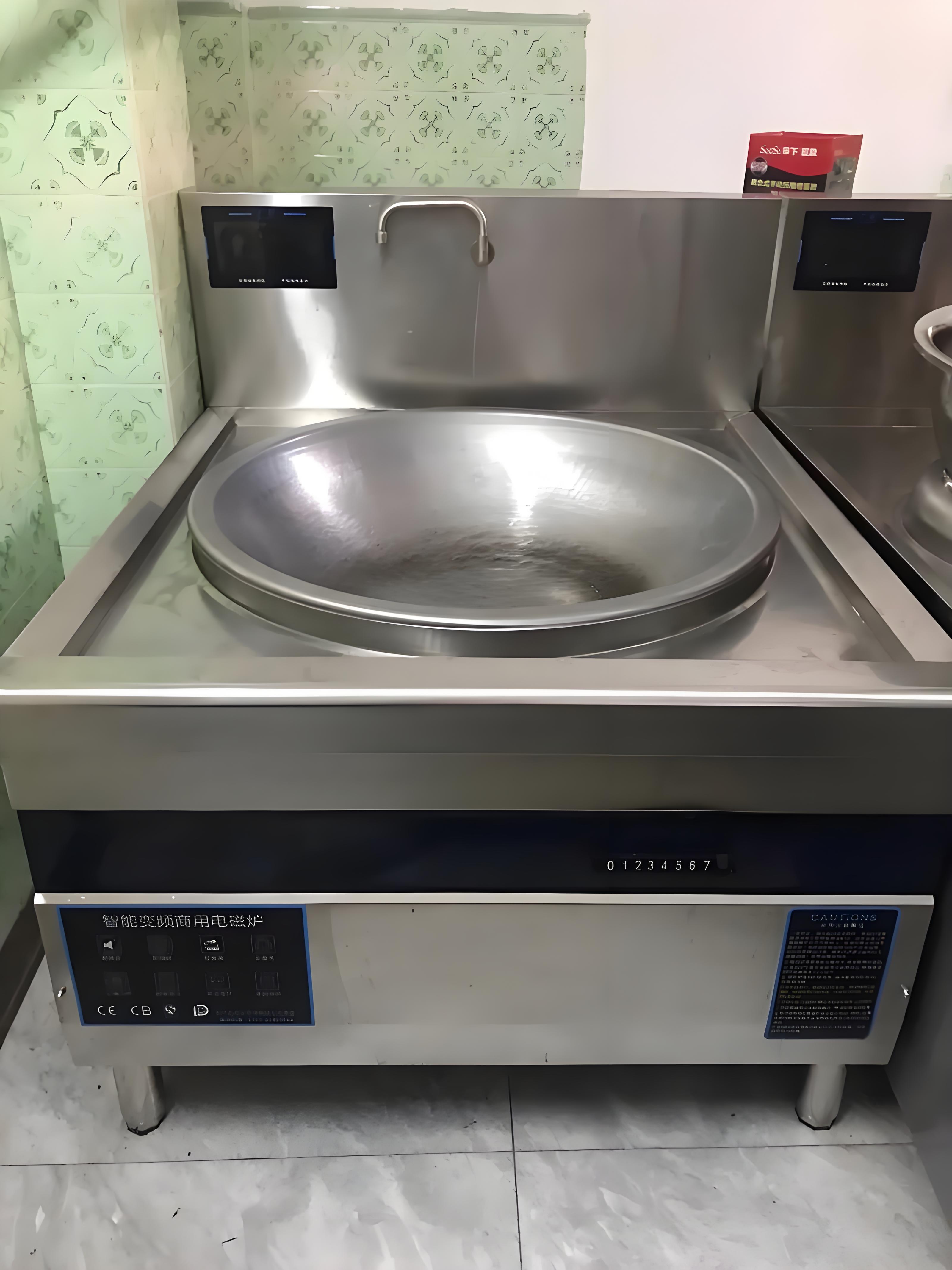In the hustle and bustle of a commercial kitchen, efficiency, safety, and performance are critical. As a professional with many years of experience in the commercial kitchen equipment industry, I am excited to take a deep dive today to explore the improvements that new commercial induction cooktops offer over older models. Whether you are an experienced chef, a restaurant owner, or someone who is simply interested in the latest kitchen technology, this article will provide you with valuable insights.
Understanding the Basics of Commercial Induction Cooktops
Before diving into the improvements, let’s quickly recap what commercial induction cooktops are and how they work. Induction cooking uses electromagnetic fields to heat cookware directly, rather than relying on a traditional heat source like gas or electric coils. This results in faster heating times, more precise temperature control, and increased energy efficiency.
Key Components of Commercial Induction Cooktops
Induction Coils: These generate the electromagnetic fields that heat the cookware.
Control Panel: Allows users to adjust power levels, set timers, and access other features.
Cooling System: Ensures the cooktop doesn’t overheat during prolonged use.
Cookware Detection: Automatically detects when compatible cookware is placed on the surface.

Improvements in Energy Efficiency
One of the most significant improvements in new commercial induction cooktops is their enhanced energy efficiency. Older models, while more efficient than traditional cooking methods, still had room for improvement. Here’s how new models have stepped up their game:
1. Advanced Induction Technology
Newer induction cooktops utilize more advanced induction technology, which allows for more precise control over the electromagnetic fields. This means less energy is wasted heating areas outside the cookware, resulting in higher overall efficiency. Additionally, some models now feature intelligent power management systems that adjust power output based on the size and type of cookware being used.
2. Improved Cooling Systems
Efficient cooling is crucial for maintaining the performance and longevity of induction cooktops. Newer models often come with enhanced cooling systems that are more effective at dissipating heat. This not only improves energy efficiency but also reduces the risk of overheating and potential damage to the cooktop.
3. Energy-Saving Modes
Many new commercial induction cooktops now offer energy-saving modes that automatically reduce power consumption during periods of inactivity or when the cookware is removed from the surface. These modes can significantly reduce energy usage over time, leading to lower operating costs for businesses.
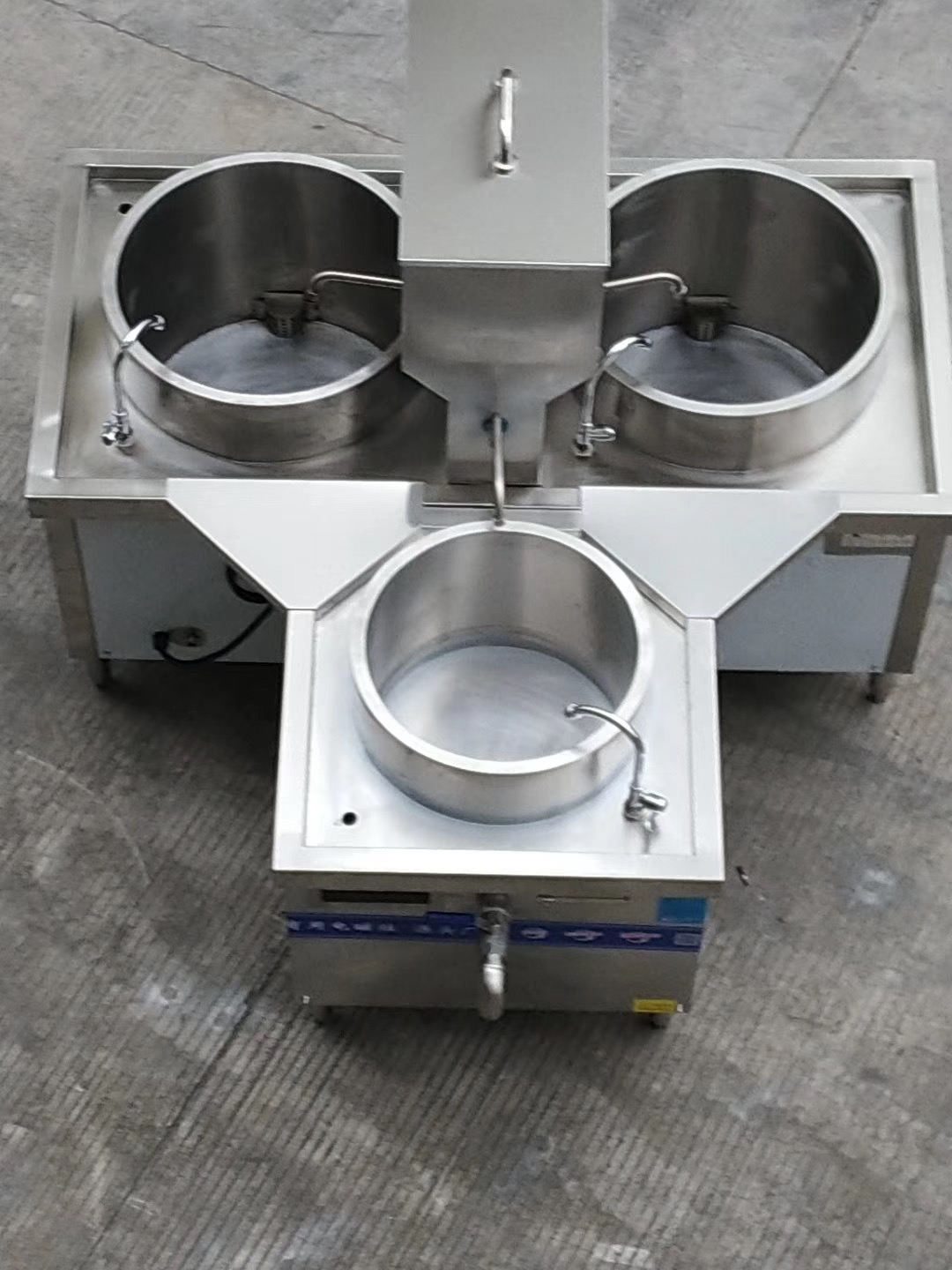
Comparison Table: Energy Efficiency
| Feature | Older Models | New Models |
|---|---|---|
| Induction Technology | Basic electromagnetic fields | Advanced, precise control |
| Cooling System | Standard fans | Enhanced, more effective |
| Energy-Saving Modes | Limited or none | Multiple energy-saving options |
Enhanced Safety Features
Safety is always a top priority in commercial kitchens, and new induction cooktops have made significant strides in this area. Here are some of the safety improvements you can expect:
1. Automatic Shut-Off
Newer models often come with automatic shut-off features that activate if the cooktop is left unattended for an extended period or if the cookware is removed from the surface. This helps prevent accidents and reduces the risk of fires.
2. Overheat Protection
Advanced overheat protection systems are now standard on many new induction cooktops. These systems monitor the temperature of the cooktop and automatically reduce power or shut off if it gets too hot. This not only protects the cooktop but also ensures the safety of the kitchen staff.
3. Child Lock
For kitchens where children may be present, a child lock feature is invaluable. New induction cooktops often include a child lock that prevents accidental activation of the cooktop, keeping curious little hands safe.
4. Cookware Detection Enhancements
While cookware detection was a feature of older models, newer versions have improved this technology to be more accurate and reliable. This means the cooktop won’t activate unless compatible cookware is detected, reducing the risk of accidents caused by using the wrong type of cookware.
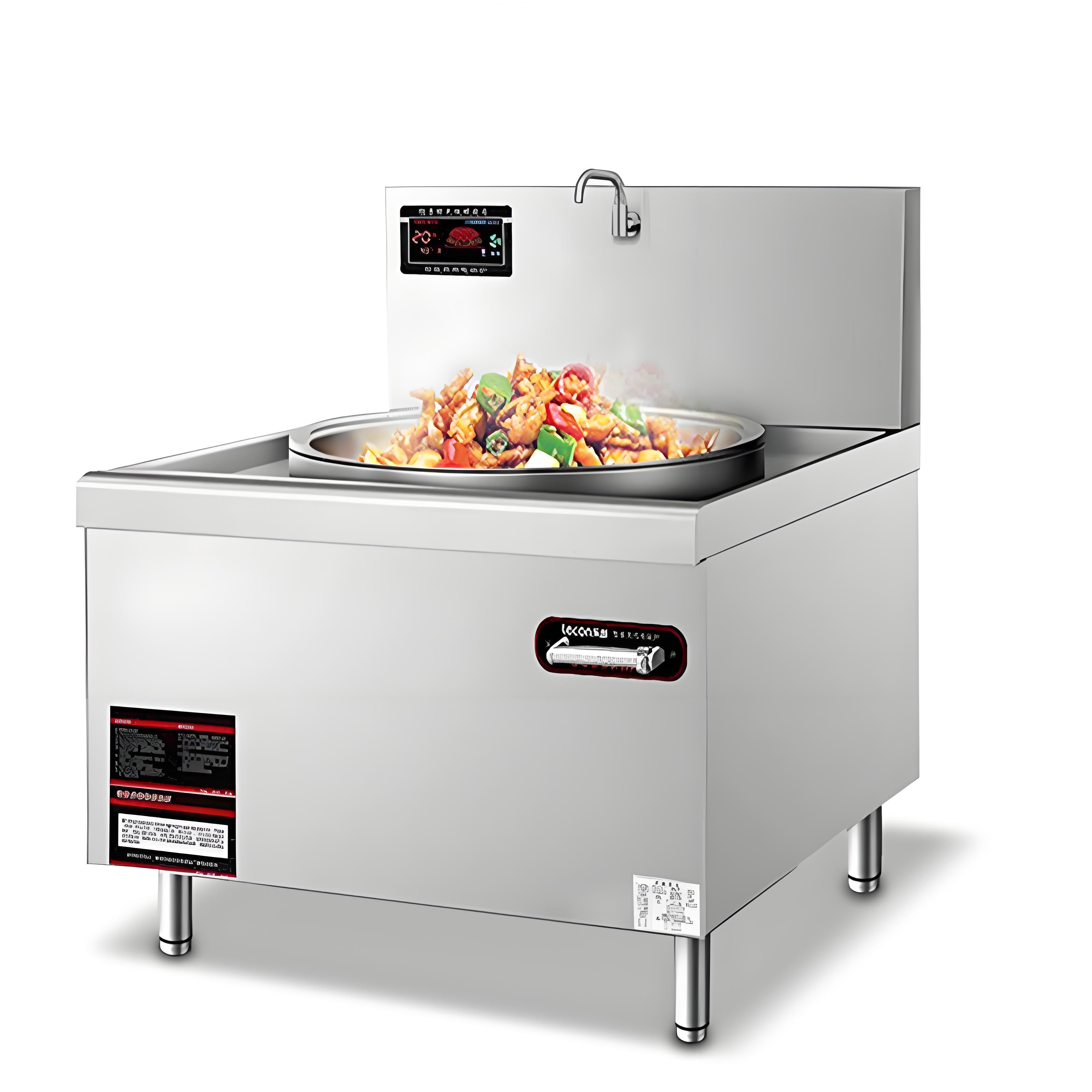
Comparison Table: Safety Features
| Feature | Older Models | New Models |
|---|---|---|
| Automatic Shut-Off | Limited or none | Standard on many models |
| Overheat Protection | Basic | Advanced, more responsive |
| Child Lock | Rare | Common on newer models |
| Cookware Detection | Present but less accurate | Highly accurate and reliable |
Improved Performance and Precision
In a commercial kitchen, every second counts, and the ability to quickly and accurately adjust cooking temperatures is crucial. New induction cooktops offer significant improvements in performance and precision:
1. Faster Heating Times
Thanks to advances in induction technology, newer models can heat up cookware much faster than older ones. This means less waiting time for chefs and more efficient kitchen operations.
2. More Precise Temperature Control
New induction cooktops offer more precise temperature control, allowing chefs to set and maintain exact cooking temperatures. This is especially important for delicate dishes that require precise heat levels.
3. Multi-Zone Cooking
Many new models now feature multi-zone cooking capabilities, allowing chefs to cook multiple dishes at different temperatures simultaneously. This flexibility is invaluable in a busy commercial kitchen.
4. Improved Power Output
Newer induction cooktops often have higher power outputs, enabling them to handle larger and heavier cookware with ease. This is particularly beneficial for high-volume kitchens that need to cook large quantities of food quickly.
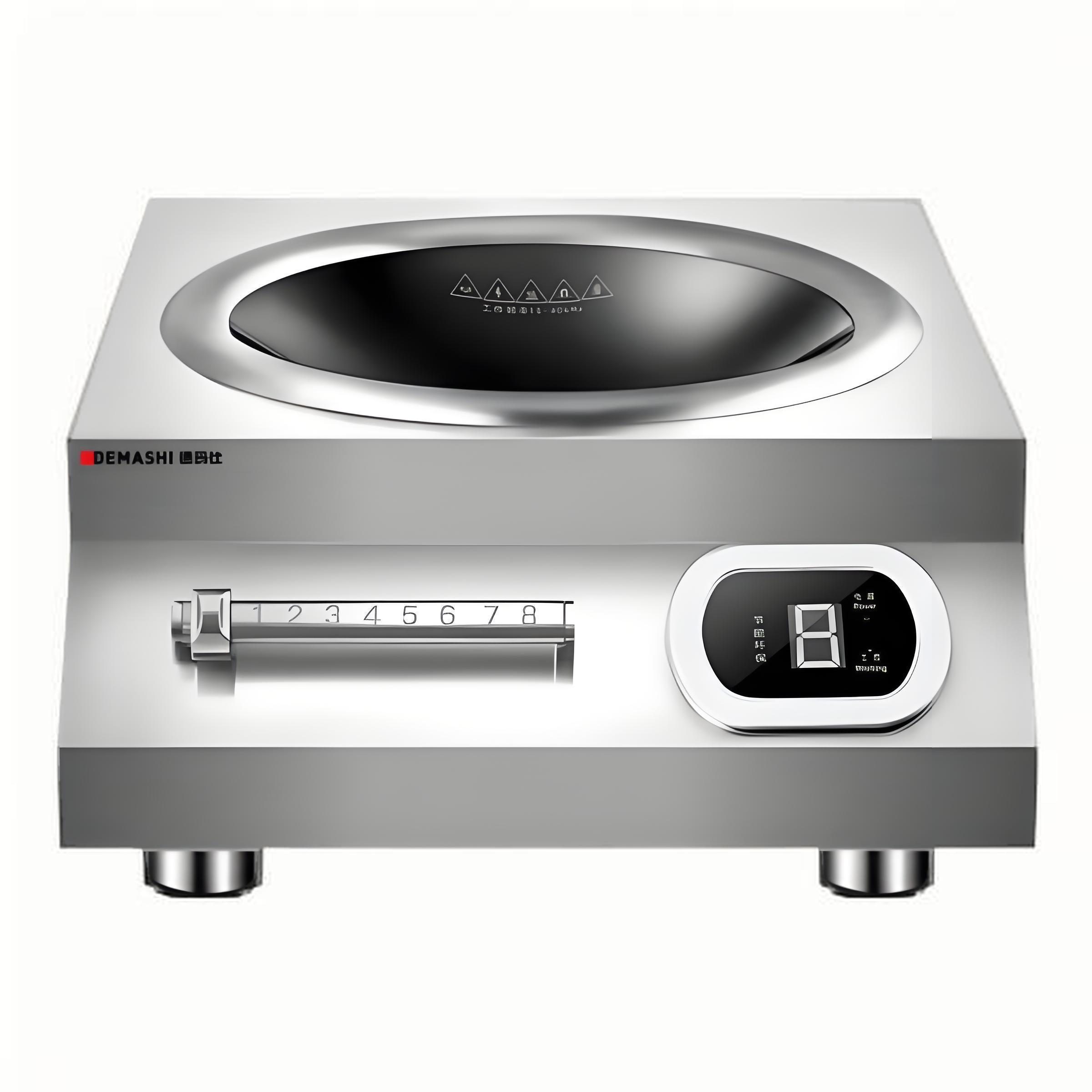
Comparison Table: Performance and Precision
| Feature | Older Models | New Models |
|---|---|---|
| Heating Time | Slower | Faster, more efficient |
| Temperature Control | Basic | Highly precise |
| Multi-Zone Cooking | Limited or none | Standard on many models |
| Power Output | Lower | Higher, more capable |
User-Friendly Design and Functionality
In addition to energy efficiency, safety, and performance, new commercial induction cooktops also offer improvements in user-friendly design and functionality:
1. Intuitive Control Panels
Newer models often feature intuitive control panels with large, easy-to-read displays and simple touch controls. This makes it easier for chefs and kitchen staff to operate the cooktop, even during busy periods.
2. Customizable Settings
Many new induction cooktops allow users to customize settings such as power levels, timers, and even cooking programs. This flexibility enables chefs to tailor the cooktop to their specific needs and preferences.
3. Easy Maintenance and Cleaning
Newer models are designed with ease of maintenance and cleaning in mind. Smooth, flat surfaces make it easy to wipe away spills and splatters, while removable parts (if any) can be easily cleaned and replaced.
4. Connectivity Options
Some new induction cooktops now offer connectivity options, such as Bluetooth or Wi-Fi, allowing them to be integrated with other kitchen equipment or even smartphone apps. This enables chefs to monitor and control the cooktop remotely, adding an extra layer of convenience.
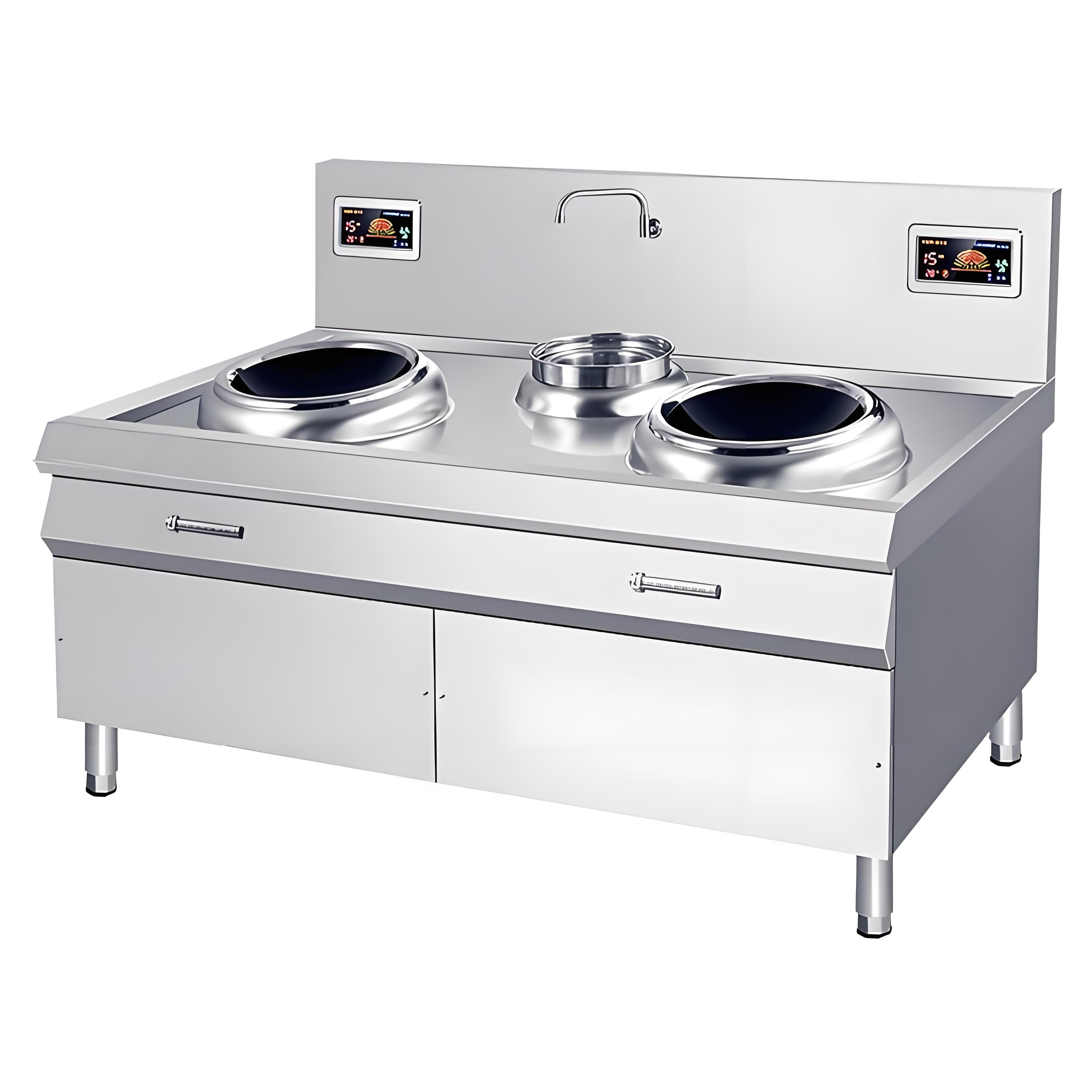
Comparison Table: User-Friendly Design and Functionality
| Feature | Older Models | New Models |
|---|---|---|
| Control Panel | Basic, less intuitive | Intuitive, easy-to-use |
| Customizable Settings | Limited or none | Highly customizable |
| Maintenance and Cleaning | More challenging | Easier, with smooth surfaces |
| Connectivity Options | None | Available on some models |
Environmental and Sustainability Considerations
In today’s world, environmental and sustainability considerations are more important than ever. New commercial induction cooktops have made strides in this area as well:
1. Reduced Carbon Footprint
By being more energy-efficient, new induction cooktops help reduce the carbon footprint of commercial kitchens. This is not only good for the environment but also aligns with the growing trend of sustainable business practices.
2. Longer Lifespan
Newer models are often built with higher-quality materials and more durable components, resulting in a longer lifespan. This means fewer replacements and less waste over time.
3. Recyclable Materials
Many manufacturers now use recyclable materials in the production of induction cooktops. This further reduces the environmental impact and makes it easier to dispose of old units responsibly.
Comparison Table: Environmental and Sustainability Considerations
| Feature | Older Models | New Models |
|---|---|---|
| Carbon Footprint | Higher | Lower, due to energy efficiency |
| Lifespan | Shorter | Longer, due to higher quality |
| Recyclable Materials | Limited | More widespread use |
Conclusion
In conclusion, new commercial induction cooktops offer significant improvements over older models in terms of energy efficiency, safety features, performance and precision, user-friendly design and functionality, as well as environmental and sustainability considerations. These improvements not only enhance the overall cooking experience but also contribute to more efficient, safer, and sustainable commercial kitchens.
Whether you’re looking to upgrade your existing kitchen equipment or are in the process of designing a new commercial kitchen, investing in a new induction cooktop is a wise choice. With their advanced features and capabilities, these cooktops are sure to meet the demands of even the most demanding commercial kitchens.
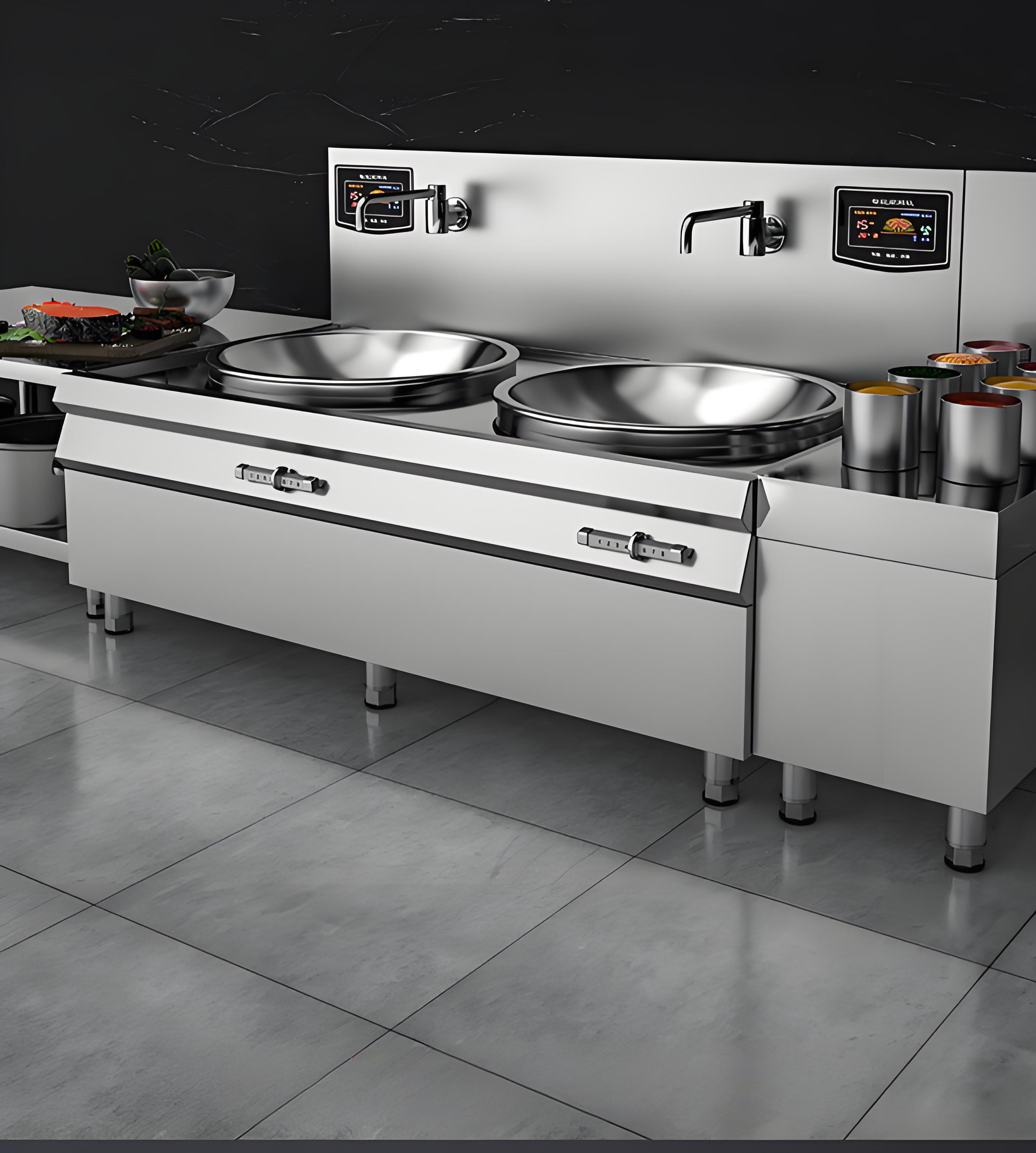
Related Questions and Answers
Q1: Are new commercial induction cooktops more expensive than older models?
A1: While new commercial induction cooktops may have a higher upfront cost compared to older models, their improved energy efficiency, safety features, and performance can lead to long-term savings in operating costs. Additionally, the longer lifespan of newer models means fewer replacements over time, further reducing overall costs.
Q2: Can I use my existing cookware with a new induction cooktop?
A2: In most cases, yes. However, it’s important to ensure that your cookware is compatible with induction cooking. Cookware must be made of a magnetic material, such as cast iron or stainless steel, to work with induction cooktops. If you’re unsure whether your cookware is compatible, you can test it with a magnet. If the magnet sticks to the bottom of the cookware, it should work with an induction cooktop.
Q3: Do new induction cooktops require special installation?
A3: While new induction cooktops may require some adjustments to your kitchen’s electrical system, they generally don’t require special installation beyond what’s needed for any commercial kitchen equipment. It’s always a good idea to consult with a professional electrician or kitchen equipment installer to ensure proper installation and compliance with local codes and regulations.
Q4: How long do new commercial induction cooktops typically last?
A4: The lifespan of a new commercial induction cooktop can vary depending on factors such as usage frequency, maintenance, and quality of the unit. However, with proper care and maintenance, many newer models can last for 10 years or more.
Q5: Are there any maintenance tips for keeping my new induction cooktop in good condition?
A5: Yes! To keep your new induction cooktop in good condition, it’s important to clean it regularly with a soft, damp cloth and a mild detergent. Avoid using abrasive cleaners or scrubbers, as these can damage the surface. Additionally, be sure to check the cooling system and filters regularly to ensure they’re functioning properly. Finally, always follow the manufacturer’s instructions for use and maintenance to ensure optimal performance and longevity.
